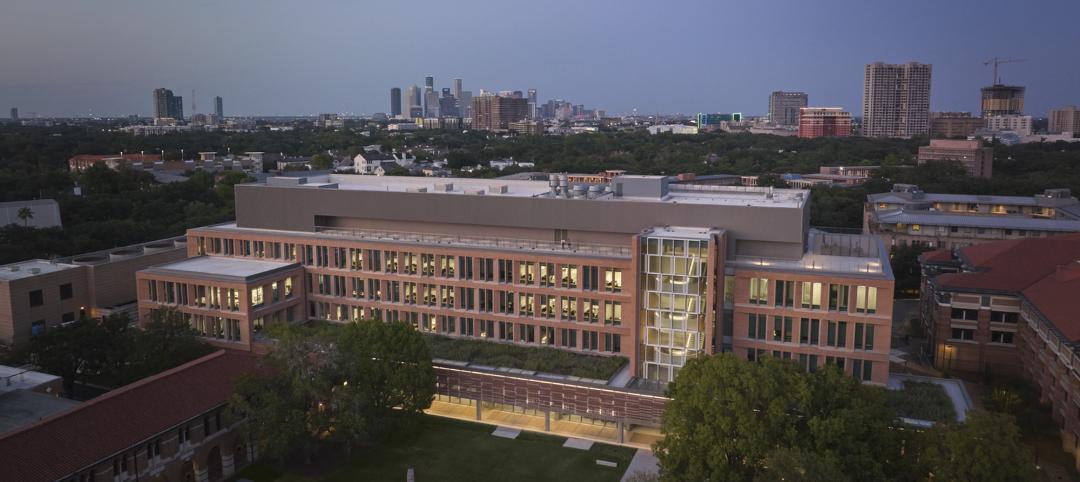With COP21 not far behind us and an election on the horizon, climate change and renewable energy continue to be front and center issues on the world stage. Conversely, while electricity rates across the country continue to increase, solar panels have become more affordable and viable than ever. Yet, at a time when green technology is expanding, one question still remains – why aren’t more commercial building professionals investing in clean energy projects?
Battling complex climates
Within the corporate climate, choosing when and how to go solar is a big decision for many companies. Solar installations require committed, experienced partners capable of providing a seamless process from conception to Operations and Maintenance. Unfortunately, more often than not, strong project support at the start diminishes down the line once a project is up and running, where it is needed to ensure a system’s long-term health. To take the first step, building officials and facility managers need assurance that they are working with a qualified company that will stand by their installation for years to come.
Environmentally speaking, a region’s climate can also be a major hurdle. Typically, a solar system’s central inverters are designed to protect against snow. A pioneer in the solar industry since 1975, Panasonic’s rich history of solar project development includes systems constructed in areas prone to heavy snow and aggressive winds. These extreme elements caused precipitation to enter into the central inverters, resulting in serious problems. The challenge here was sourcing and developing an inverter that could flourish in these harsh climates.
O&M in action
When it comes to complex climates, from a corporate or environmental perspective, the value of comprehensive O&M comes into play. With the full O&M package – NOC and maintenance services, operations and asset management, total system protection, expert technical guidance and guarantees – solar adopters are able to maximize return on investment, optimize system performance and minimize operating costs while controlling long-term costs. A full EPC vendor delivering O&M services for highest performance energy generation and ROI, Panasonic provides a sense of comprehensive quality assurance, all backed by an $11 billion balance sheet.
For those projects under the onslaught of severe weather, the Panasonic O&M team went to the source, conducting a root cause analysis with the inverter manufacturer. Working together, Panasonic and the inverter manufacturer identified the necessary design modifications, prototyped an innovative snow shield design, and deployed it as a retrofit
This is just one example of how Panasonic works with its industry-leading Engineering and Development teams of more than 100 employees across the country to ensure project success and keep each installation thriving. When an issue does arise, the Panasonic O&M planning and scheduling team dispatches a technician, optimizing their time onsite to ensure a fast, reliable and cost-effective solution is put into place. With these practices at hand, solar systems are set for success for decades to come.
To learn more about Panasonic O&M services, please visit www.panasonic.com/energysolutions.
Related Stories
University Buildings | Jan 18, 2024
Houston’s Rice University opens the largest research facility on its core campus
Designed by Skidmore, Owings & Merrill (SOM), the 251,400-sf building provides students and researchers with state-of-the-art laboratories, classrooms, offices, and a cafe, in addition to multiple gathering spaces.
Sustainability | Jan 10, 2024
New passive house partnership allows lower cost financing for developers
The new partnership between PACE Equity and Phius allows commercial passive house projects to be automatically eligible for CIRRUS Low Carbon financing.
Sustainability | Nov 1, 2023
Researchers create building air leakage detection system using a camera in real time
Researchers at the U.S. Department of Energy’s Oak Ridge National Laboratory have developed a system that uses a camera to detect air leakage from buildings in real time.
Government Buildings | Oct 23, 2023
Former munitions plant reimagined as net-zero federal workplace
The General Services Administration (GSA) has embraced adaptive reuse with Building 48, an exciting workplace project that sets new precedents for how the federal government will approach sustainable design.
Metals | Sep 11, 2023
Best practices guide for air leakage testing for metal building systems released
The Metal Building Manufacturers Association (MBMA) released a new guidebook, Metal Building Systems - Best Practices to Comply with Whole-Building Air Leakage Testing Requirements.
Regulations | Aug 23, 2023
Gas industry drops legal challenge to heat pump requirement in Washington building code
Gas and construction industry groups recently moved to dismiss a lawsuit they had filed to block new Washington state building codes that require heat pumps in new residential and commercial construction. The lawsuit contended that the codes harm the industry groups’ business, interfere with consumer energy choice, and don’t comply with federal law.
Green | Aug 7, 2023
Rooftop photovoltaic panels credited with propelling solar energy output to record high
Solar provided a record-high 7.3% of U.S. electrical generation in May, “driven in large part by growth in ‘estimated’ small-scale (e.g., rooftop) solar PV whose output increased by 25.6% and accounted for nearly a third (31.9%) of total solar production,” according to a report by the U.S. Energy Information Administration.
Government Buildings | Aug 7, 2023
Nearly $1 billion earmarked for energy efficiency upgrades to federal buildings
The U.S. General Services Administration (GSA) recently announced plans to use $975 million in Inflation Reduction Act funding for energy efficiency and clean energy upgrades to federal buildings across the country. The investment will impact about 40 million sf, or about 20% of GSA’s federal buildings portfolio.
Codes and Standards | Aug 7, 2023
Cambridge, Mass., requires net-zero emissions for some large buildings by 2035
The City of Cambridge, Mass., recently mandated that all non-residential buildings—including existing structures—larger than 100,000 sf meet a net-zero emissions requirement by 2035.
Multifamily Housing | Jul 31, 2023
6 multifamily housing projects win 2023 LEED Homes Awards
The 2023 LEED Homes Awards winners in the multifamily space represent green, LEED-certified buildings designed to provide clean indoor air and reduced energy consumption.
















